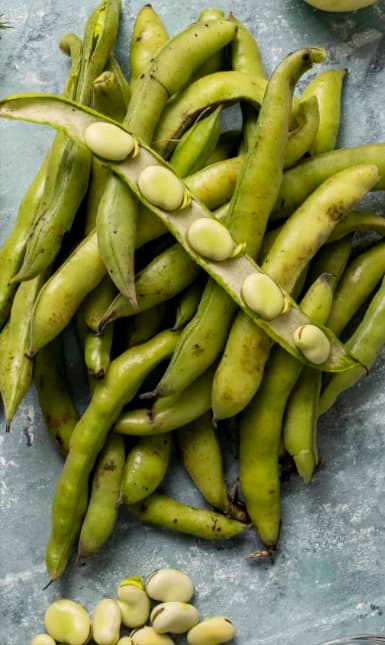Chiming in with a recent personal take—and, I do realize fava beans are legumes, not grains, but had to share this experience because it feels relevant to anyone navigating grains and legumes.
I tried fava beans (broad beans) for the first time this week. As usual, I ran the nutrient profile through Cronometer and then cross-checked it with ChatGPT. That’s when I first learned about G6PD deficiency—a condition I hadn’t encountered before, and one not mentioned anywhere on the packaging.
According to ChatGPT, G6PD deficiency is the most common enzyme deficiency in the world, apparently affecting ~400 million people, particularly those of African, Mediterranean, or Asian descent. Most people with it are asymptomatic, but exposure to certain stressors—like infections, some medications, or eating fava beans—can trigger acute hemolytic anemia. That’s when red blood cells break down faster than the body can replace them, which can lead to fatigue, jaundice, or in rare cases, more severe outcomes (needing hospitalization).
Curious (and mildly alarmed), I dug into my WGS and—with ChatGPT’s help—searched for G6PD variants.
Thankfully, I don’t have any of the known risk alleles. Still, it struck me how easy it would be to miss this entirely.
If legumes are a regular part of your diet, it seems worth being mindful of!
That said—aside from fava beans—I agree with @AlexKChen : beans > grains when it comes to protein, fiber, polyphenols, potassium, and probably mineral levels.
And finally, brown rice—or really any rice with the bran layer still on (prob black and red) —would rank as my least healthy grain simply due to its propensity to accumulate arsenic.
fava beans 
